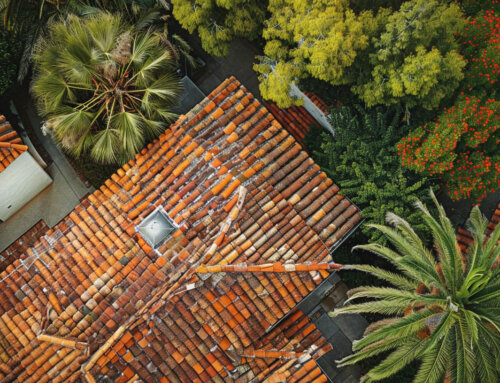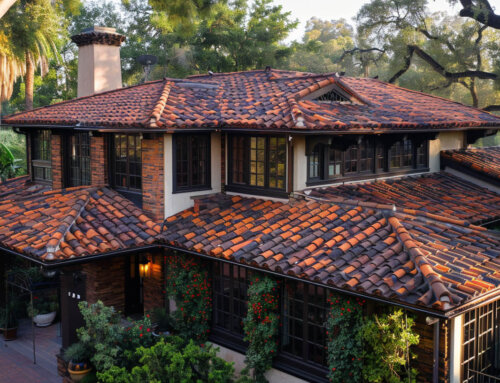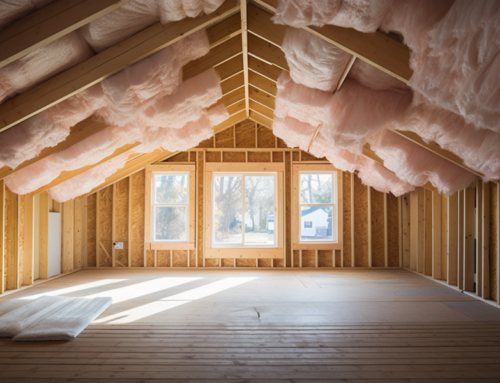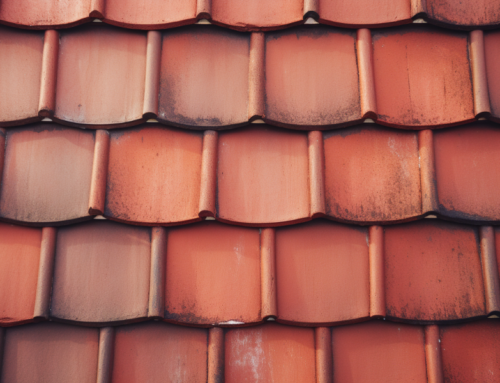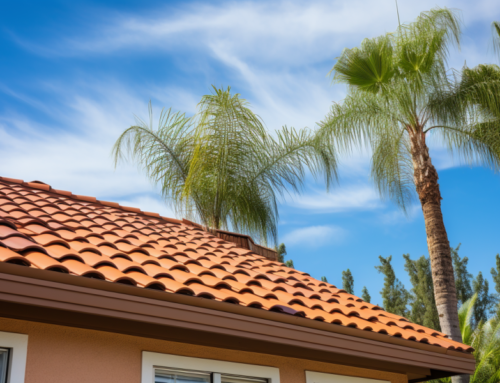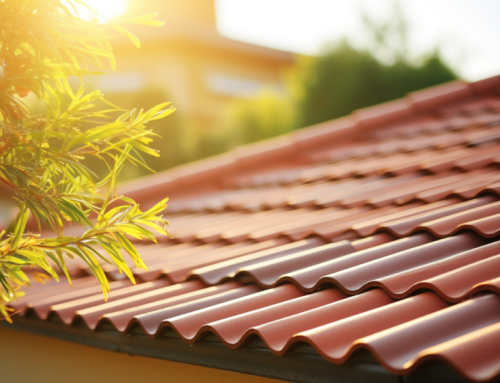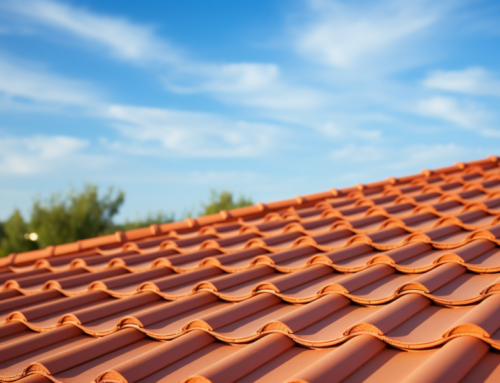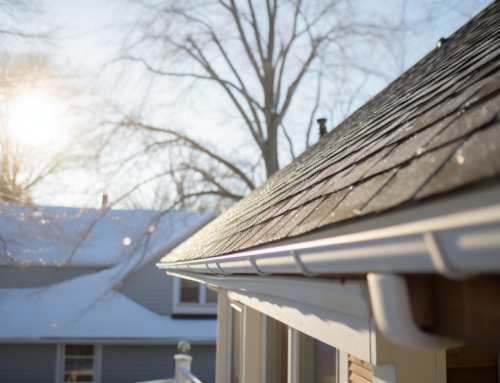A commercial roof stands as a sentinel, guarding businesses against the relentless forces of nature. Its longevity and performance are directly influenced by the weather conditions it faces. Let’s delve into the various weather elements and their impact on commercial roofs.
The Toll of Temperature Swings
Temperature variations are a constant challenge for commercial roofs. When temperatures soar, certain roofing materials, such as asphalt, tend to soften, making them vulnerable to damage from foot traffic, winds, or debris. Conversely, during colder months, the menace of ice accumulation and the freeze-thaw cycles exert pressure on the roof’s surface. The more these temperature extremes are encountered, the quicker the roof deteriorates. It’s crucial to have adequate insulation to mitigate the effects of these temperature fluctuations.
The Sun’s UV Challenge
The sun’s ultraviolet rays are relentless in their assault on roofing surfaces. Continuous exposure to UV rays can weaken and degrade a variety of roofing materials, from asphalt and rubber to plastics and metals. Over time, this can lead to the breakdown of the roof’s structural integrity. To combat this, it’s essential to choose roofing materials that boast UV-resistant properties. Additionally, strategic placement of rooftop equipment or even surrounding trees can offer shade, providing some respite from the sun’s intensity.
Precipitation: More than Just Rain
Rain, snow, and storms are natural adversaries of commercial roofs. The moisture from these elements can infiltrate roofing materials, leading to issues like leaks, mold growth, and structural deterioration. The weight of heavy snowfall or rain can also strain the roof and its drainage system. To counteract these challenges, roofs should have an effective slope and drainage system, ensuring efficient water runoff. Regular maintenance, like clearing gutters and drains of debris, is also pivotal in preventing moisture-related damage.
Winds and Hail: Nature’s Furies
High-velocity winds can strain roofing materials, leading to potential separations over time. Hail, on the other hand, can be likened to nature’s missiles, causing dents and fractures upon impact. In regions known for their gusty winds or hailstorms, it’s imperative to opt for robust roofing materials and secure fastening systems. San Diego County Roofing & Solar recommends using materials and installation techniques tailored to withstand such conditions.
Battling Seasonal Storms
Certain areas are notorious for their seasonal tempests, which combine high winds, hail, and torrential rain. These conditions can expedite roof wear, necessitating the use of fortified roofing materials and construction techniques. Being prepared for these seasonal onslaughts is crucial for ensuring the roof’s longevity.
The Influence of Climate and Location
The broader climate and specific location play pivotal roles in determining a roof’s resilience. For instance, humid climates can foster mold and moss growth, while coastal areas expose roofs to the corrosive combination of salt air and moisture. Moreover, roofs on elevated or exposed buildings are more susceptible to UV and wind damage compared to those on sheltered, low-rise structures. It’s essential to collaborate with local roofing companies in San Diego, like San Diego County Roofing & Solar, to assess these risks and implement suitable roofing solutions.
In Summary
Being cognizant of how local weather patterns influence commercial roofs allows businesses to adopt proactive strategies to enhance roof performance and lifespan. Teaming up with seasoned roofing contractors in San Diego ensures that the roof is designed for maximum durability, tailored to the unique challenges of the region. With diligent maintenance and the right materials, a commercial roof can stand as a steadfast protector for years to come.



